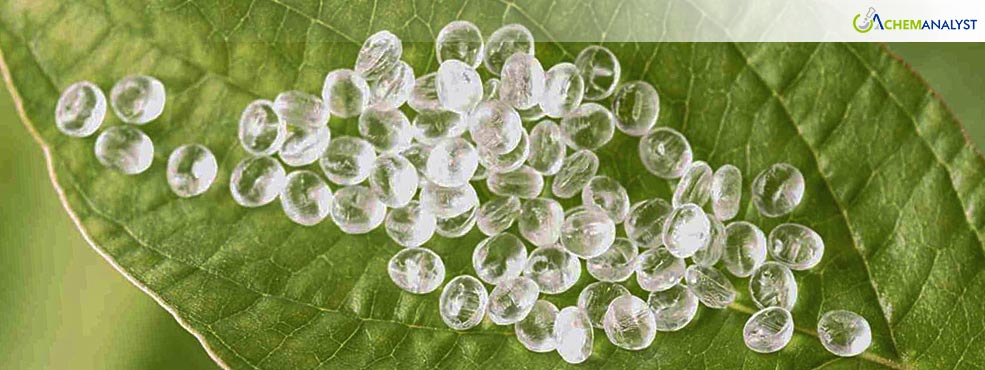PLA Market Holds Steady in Italy and Netherlands Amid Strong Demand and Sustainable Initiatives
- 23-Oct-2024 8:00 PM
- Journalist: Gabreilla Figueroa
Italy and the Netherlands witnessed stable demand and pricing for Polylactic Acid (PLA) during the first half of October 2024, a biodegradable plastic widely used in sustainable packaging and other sectors. Several factors contributed to this stability, including consistent demand from various industries, effective production management, and ongoing initiatives like the EU-funded ReBioCycle project aimed at enhancing PLA recycling capabilities.
In the Netherlands, demand for PLA remained steady, largely supported by the sustainable packaging sector, which continued to be a primary consumer of the material. This consistent demand helped maintain price stability, preventing significant fluctuations in overall consumption. Other sectors, including textiles, agriculture, and consumer goods, also demonstrated stable demand, further contributing to a balanced market. The Netherlands effectively matched production levels with demand, avoiding any supply-demand imbalances. Moreover, producers and distributors engaged in optimized inventory management practices, preventing both surpluses and shortages, which played a crucial role in stabilizing prices.
The ReBioCycle project, led by University College Dublin, was instrumental in addressing PLA recycling challenges in the Netherlands. This initiative focuses on scaling mechanical, chemical, enzymatic, and microbial recycling technologies for bioplastics, including PLA, PHA, and composites. The project aims to demonstrate efficient recycling methods at an industrial scale and produce a position paper on bioplastics recycling, aligning with European strategies like the Bioeconomy Strategy and the Circular Economy Action Plan.
Similarly, Italy experienced stable demand for PLA during the same period. The sustainable packaging industry remained a major consumer, contributing to price stability. Steady demand from sectors such as textiles and agriculture helped prevent fluctuations in overall consumption. Italy successfully matched production levels with demand, which played a significant role in maintaining market equilibrium. Optimized inventory management among producers and distributors further supported price stability by avoiding excess stock and shortages.
The PLA market remained stable despite external economic challenges, with Italy's Economy Minister Giancarlo Giorgetti noting difficulties in achieving the government’s 1% growth target, as revised GDP estimates indicated a potential drop to 0.4%. Giorgetti remained optimistic about future revisions, emphasizing a cautious fiscal strategy aimed at reducing the budget deficit and debt-to-GDP ratio by 2027.
Looking ahead, the PLA market is likely to remain stable, bolstered by ongoing initiatives aimed at enhancing sustainability and recycling practices. However, potential fluctuations in shipping rates and broader economic conditions may impact market dynamics in the coming months. Overall, the PLA market in both countries appears poised for continued stability, driven by robust demand and effective supply management.



